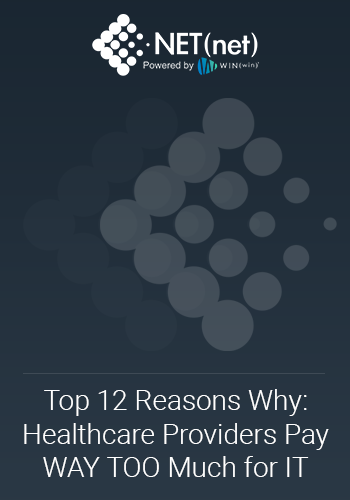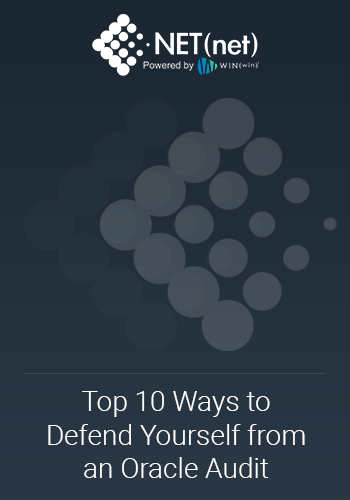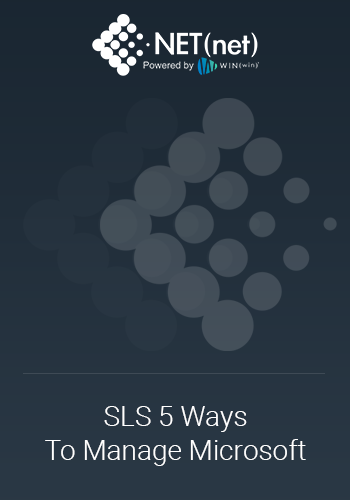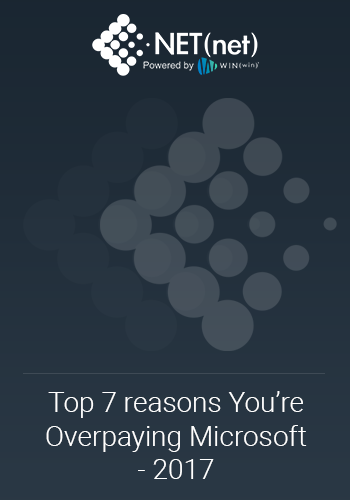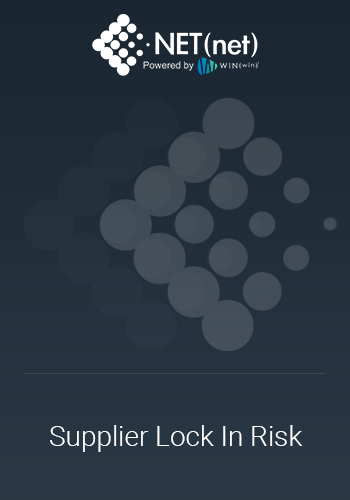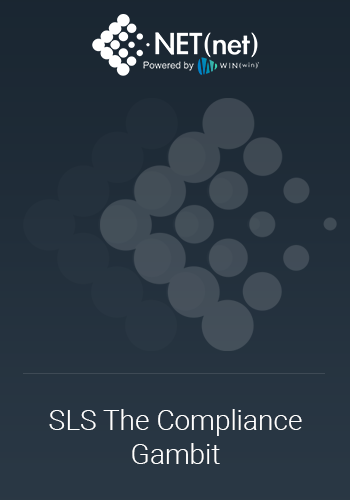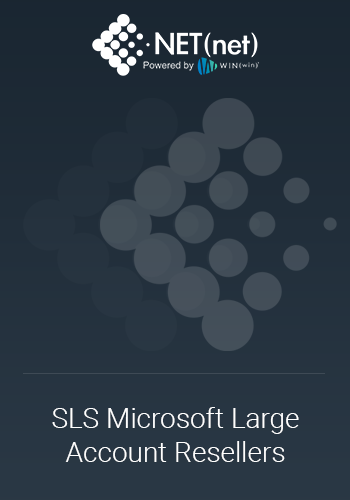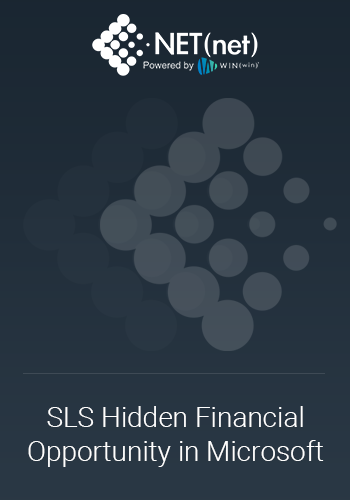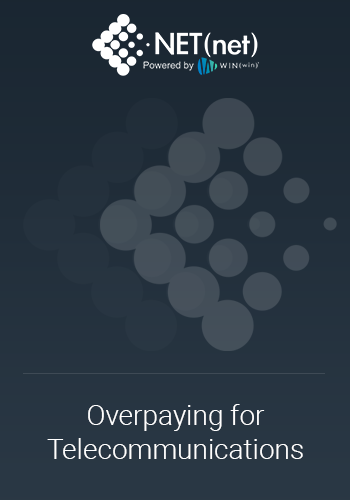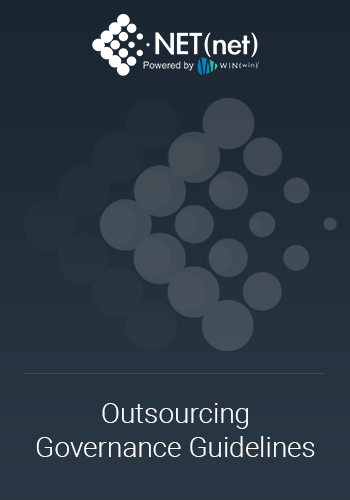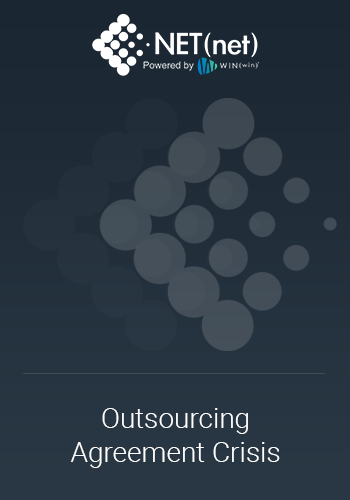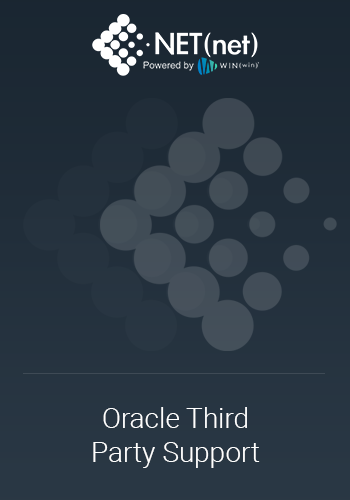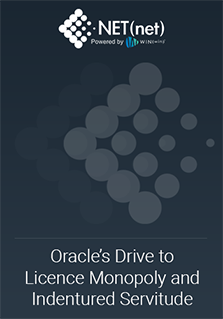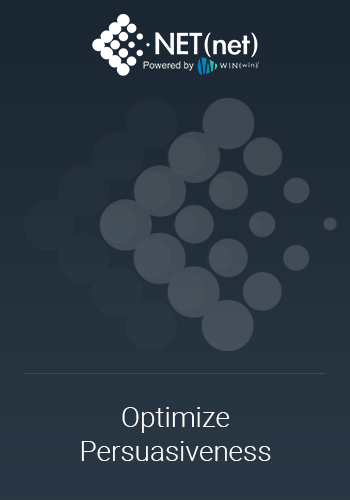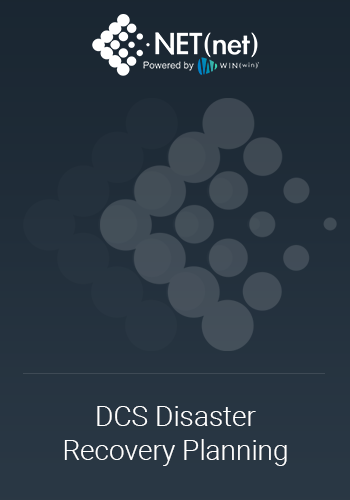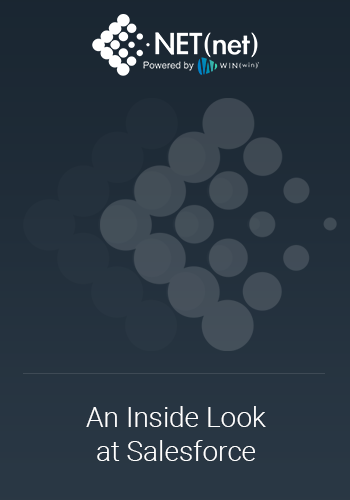What is the Thrive Ultimatum?
2019 and into 2020 will present the 'C-Suite' with a Digital Transformation ultimatum. Digital initiatives can no longer be ‘shelved’ or viewed as a future innovation that are delayed by a myriad of excuses. Organizations operating this way are often in survival mode, feeling encumbered by forces outside their control. But survival is no longer enough as consumers, businesses, and shareholders demand that organizations move past survival mode, to thrive mode and cross the chasm of digital change and disruption now. Organizations that recognize this imperative and act on it are succeeding in the digital age. Those that decide to stay reactive and passive, are increasingly finding themselves looking up from the bottom of a deep chasm.
Part II
In the second part of our series (see Part I: The Digital You Must Do), we outline 10 of the most disruptive technologies to watch for regarding transformation potential. These technologies are already making in impact around the world, but in most cases, companies are just starting to ‘scratch the surface’ of potential for these paradigm shifting advancements.
Read below as we countdown 10 disruptive technologies to watch for 2019 and beyond.
Number 10: Intelligent Agents
AI solutions that can interact with their users, learn their behavior and understand their needs, and even make decisions on their behalf. Today’s prototypes include, Alexa, Cortana, Siri, and others.
The landscape for this emerging technology is expanding rapidly to include a wide range of chatbots, virtual agents, robotic process automation, and other digital assistants. Personalized, high-quality experiences promise to increase customer loyalty and reduce customer attrition. As minders of internal processes, Intelligent Agents also promise to reduce costs, improve productivity and optimize all types of business activities.
Example of Current Use:
Royal Dutch Airline KLM is using DigitalGenius Intelligent Agents to understand customer conversations and objectives and process Customer Service queries from email, chat, social media and messaging apps, moving them to a fast and accurate resolution.
Number 9: Augmented and Virtual Reality
Augmented Reality (AR) Overlays digital information and experiences on the physical world while AR has the potential to radically change the customer experience (especially in retail) and the way employees perform their work (e.g., assisting in machinery maintenance).
Virtual Reality (VR) Creates a new interactive digital environment. VR can play a disruptive role in consumer applications.
Example of Current Use:
Retail Giant Lowe’s is using Google’s augmented reality technology Tango to deliver In-Store Navigation to help customers develop a shopping list and then find those products in their stores, and even seeing how home improvement projects using their appliances and decor will look in the customer’s home.
Number 8: IoT Software and Solutions
The Internet of Things (IoT) provides companies with on-going insights into what’s going on with their products, operations, and customers.
Mapping the physical world into a digital model is simply a way of doing business for many companies dealing with physical assets; deriving insights from connected devices that spew out colossal amounts of highly diverse & IoT-specific, time series data.
Example of Current Use:
French Pharmaceutical Giant Sanofi is using IoT Analytics and Dell Statistica to Deliver Time Compression, enabling the company to improve drug safety and change the company’s scope of operations.
Number 7: Hybrid Wireless Technologies
Interfaces and software that allow devices to simultaneously leverage and translate between two or more different wireless providers, protocols, and frequency bands, such as light, radio, Wi-Fi, cellular, and Sigfox. Connecting everything to everything with a new communications infrastructure, coupled with advanced analytics and contextual customer and consumer engagement solutions, will drive new applications capable of understanding, anticipating, and meeting customer demands in new ways.
Example of Current Use:
American telecommunications conglomerate and Cable giant Comcast is offering Xfinity Mobile that in addition to its home service uses 16 million of its own Wi-Fi hot spots in conjunction with Verizon’s far reaching 4G LTE cellular network to cost and value optimize the connectivity options for the company and its customers.
Number 6: AI and Cognitive Technology
Using advanced machine learning to discover insights in data, suggests actions, and continuously learn by mimicking natural human cognitive functions. This set of emerging technologies (e.g., natural language processing) has the potential to create unique, highly differentiated customer value and radically improve internal processes.
Example of Current Use:
With the Maana Knowledge Platform, Danish Logistics company Maersk is turning subject matter expertise and data across silos into digital knowledge to help employees make better decisions faster, resulting in greater operational efficiencies, accelerating digital transformation.
Number 5: Security
Cybersecurity will continue to become a much bigger issue. Current safety measures for identity theft and identity protection need improvement--just look at all the hacks that have occurred recently.
Example of Current Use:
Aflac Insurance uses Splunk for Security Intelligence, detecting potential advanced threats by performing real-time correlations across various data sources.
Number 4: Net Neutrality and Repeal
Regulating the Internet is a hot-button issue and is something that will impact businesses around the world. While Net Neutrality regulations have most recently been repealed in the United States, there are several court cases being heard, and potential attempts to reinstate the regulations.
Example of Current Use:
This will create new challenges for SEO and Internet Marketing firms as priority “fast-lane” and/or limited packages emerge, changing the very nature of these investments.
Number 3: Digital Currencies
Bitcoin, Ethereum, Litecoin, Dash, and XRP have become commonly traded currencies. They will continue to become a more widely adopted means of trading.
Example of Current Use:
Cheapair.com has been accepting Bitcoin as a form of payment when purchasing flights, hotels, car rentals and cruises since 2013. So, if you have always wanted to go for a tour, it’s time to travel the world with your Bitcoins. As reported by BitPay, B2B payments with Bitcoin are growing fast.
Number 2: Fintech
Fintech will also continue to explode this year. Digital currencies aside, we'll see a general and practical improvement in the way we send and receive payments. Companies like Venmo will make the payment process quicker and easier, and it will all be done via a smartphone.
Example of Current Use:
You can now use your Hilton points to buy things on Amazon.
Number 1: Blockchain
Blockchain is "an open, distributed ledger that can record transactions between two parties efficiently and in a verifiable and permanent way."
Basically, this tech keeps an immutable record of everything, so it's been the perfect platform for cryptocurrencies--and one of the reasons why digital currencies have survived for this long.
Example of Current Use:
MIT is working with MedRec using blockchain for Electronic Medical Records (EHR) authentication to allow for confidential data sharing.
We’d love to hear from you! Drop us a line to let us know how you have already implemented one of these disruptive technologies, and or any plans you have in the coming year. As always, if you’d like to speak with NET(net) directly on how you can transform your business landscape, please contact us and we’ll arrange a call with one of our subject matter experts.
About NET(net)
Celebrating 17 years, NET(net) is the world’s leading IT Investment Optimization firm, helping clients find, get and keep more economic and strategic value. With over 2,500 clients around the world in nearly all industries and geographies, and with the experience of over 25,000 field engagements with over 250 technology suppliers in XaaS, Cloud, Hardware, Software, Services, Healthcare, Outsourcing, Infrastructure, Telecommunications, and other areas of IT spend, resulting in incremental client captured value in excess of $250 billion since 2002. NET(net) has the expertise you need, the experience you want, and the performance you demand. Contact us today at info@netnetweb.com, visit us online at www.netnetweb.com, or call us at +1-866-2-NET-net to see if we can help you capture more value in your IT investments, agreements, and relationships.
NET(net)’s Website/Blogs/Articles and other content is subject to NET(net)’s legal terms offered for general information purposes only, and while NET(net) may offer views and opinions regarding the subject matter, such views and opinions are not intended to malign or disparage any other company or other individual or group.

